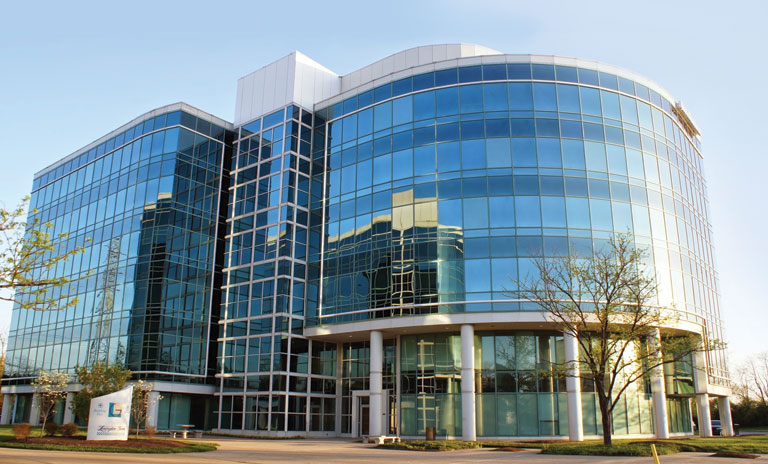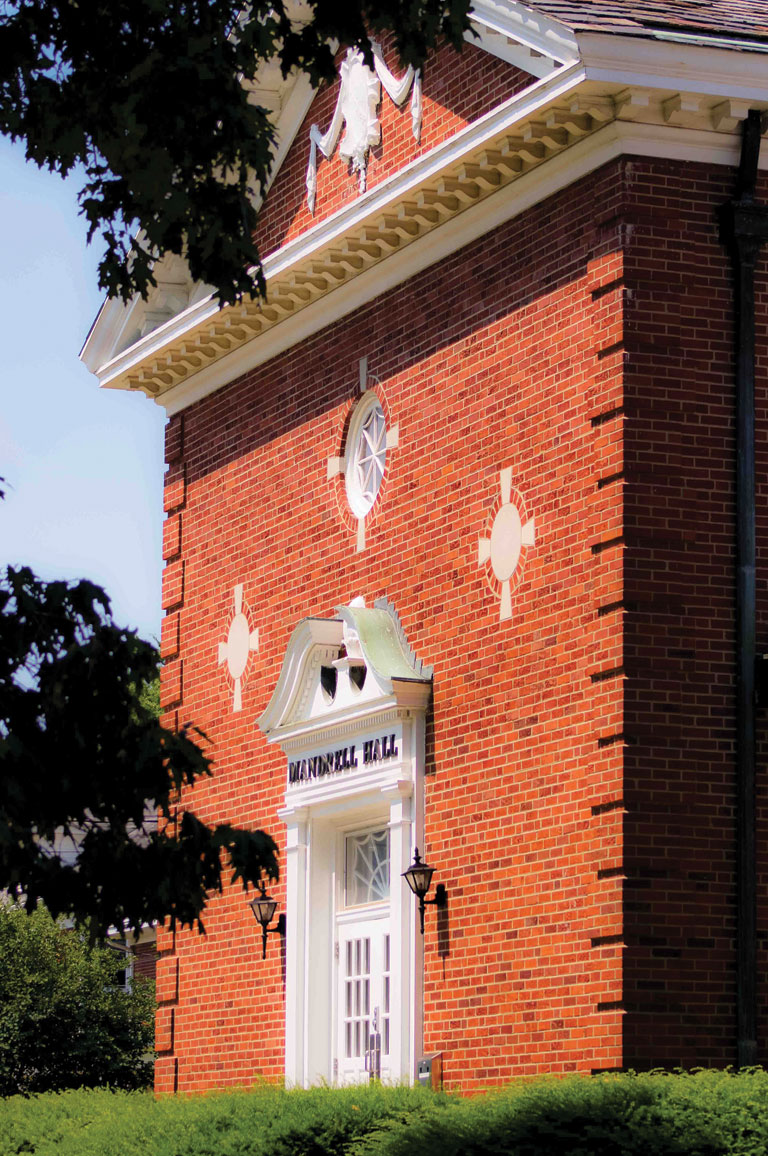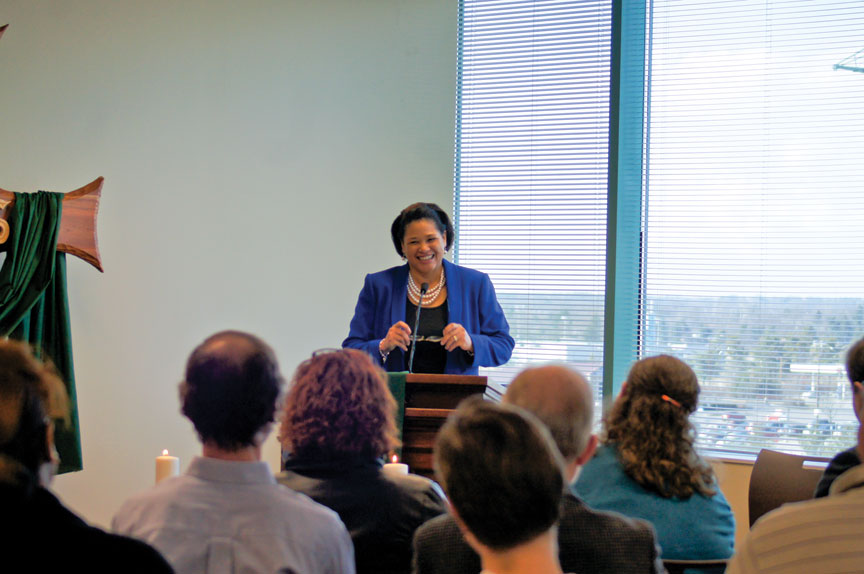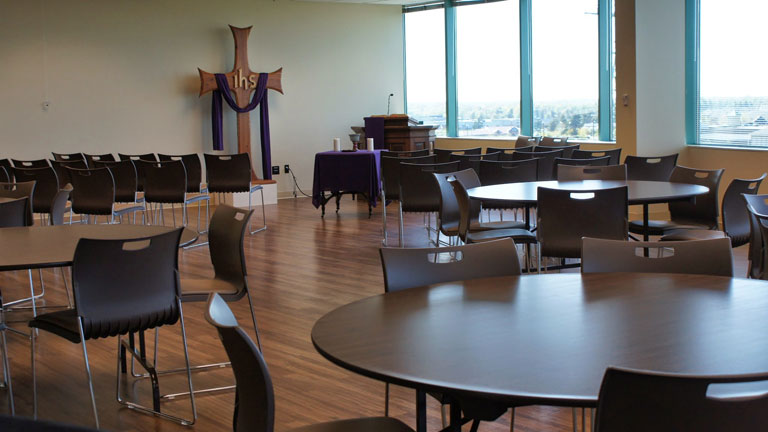 |
| Ben Wyatt |
Lexington Theological Seminary (LTS) was founded in 1865 as the College of the Bible, a division of Kentucky University, and in 1950 moved to its own campus in Kentucky’s second largest city. But in recent years, declining enrollment forced the seminary leadership to take a bold step. They chose a radical option — selling the campus and moving into a new, smaller facility more suitable for nonresidential and online students. Other seminaries have chosen similar paths in recent years, including Central Baptist Theological Seminary, Meadville Lombard Theological School, and Golden Gate Baptist Theological Seminary (which just sold its land overlooking San Francisco Bay for $75 million).
 At Lexington, the change required a reimagining of the master of divinity program and a physical relocation of the campus. The involvement of the administration, board, and faculty was essential.
At Lexington, the change required a reimagining of the master of divinity program and a physical relocation of the campus. The involvement of the administration, board, and faculty was essential.
Like many seminaries, Lexington has felt the stress of operating in an ever-changing educational environment. “Prior to 2013, we had a little over seven acres of property,” explains President Charisse Gillett. “In a 20-year period, we experienced an overall decline in enrollment and a major reduction in residential student enrollment.” As the number of traditional students diminished, the number of second-career commuter students increased. But the school wasn't positioned to take advantage of the shift.
The trustees and administration saw little hope for a resurgence in the size of the on-campus population and agreed to take bold action. Gillett says the board realized that “if we continued on the path we were on, we would not be able to sustain this institution.” Their discussions led to two decisions: first, to sell the campus in 2013 to the neighboring University of Kentucky; second, to reshape the curriculum to better meet current needs.
The faculty assumed the responsibility of creating a new M.Div. program that has students taking classes online throughout the year and coming to campus for two weeks in January and June.  The program’s design blends seminary education with congregational experience. To that end, M.Div. students secure internships at local churches, working at least 10 hours a week in practical ministry while they complete their degrees. They also find clergy mentors (from churches other than those at which they are doing their internships) who help them wrestle with the challenges of developing a pastoral identity.
The program’s design blends seminary education with congregational experience. To that end, M.Div. students secure internships at local churches, working at least 10 hours a week in practical ministry while they complete their degrees. They also find clergy mentors (from churches other than those at which they are doing their internships) who help them wrestle with the challenges of developing a pastoral identity.
To replace the camaraderie that thrives among participants in a residential program, students get to know each other online through classroom discussions and private conversations. They then meet in person for a few weeks and solidify those relationships and become “covenant friends.” So far the program is working as anticipated. Students are forming important relationships, and Gillett says some students and their families have even gone on vacations together.
With the sale of the campus, the seminary moved to 16,000 square feet in an office building located less than four miles south of the former property. Gillett credits the seminary board of trustees with leading the way throughout the transition. The board kept the discussion focused on mission and stewardship. Board members were actively involved in the sale of the property and finding a new location. And, just as importantly, the board “respected the community’s feeling of sorrow regarding the campus relocation but remained advocates for the decisions that led to the relocation.”
Lexington’s new home includes classrooms, offices, library, and a chapel. Additional space is available for students and faculty to interact socially onsite. When students aren't on campus, the classrooms are used for the seminary’s continuing education programs such as the Lay School of Theology and Elder’s Workshops that help prepare elders serving local Disciples of Christ congregations. Indications are that the change of course is working well. Enrollment in the online program is rising, and the physical assets are being used not only to educate future leaders but to serve congregations today.
 In 2013, the trustees of Lexington Theological Seminary decided to sell the school’s seven-acre property with its traditional buildings (opposite page, inset). Now in 16,000 square feet of rented space (opposite page), Lexington has the flexibility to serve both online and on-campus students. Top, President Charisse Gillett addresses the community in January 2014 at the first chapel service in the new building.
In 2013, the trustees of Lexington Theological Seminary decided to sell the school’s seven-acre property with its traditional buildings (opposite page, inset). Now in 16,000 square feet of rented space (opposite page), Lexington has the flexibility to serve both online and on-campus students. Top, President Charisse Gillett addresses the community in January 2014 at the first chapel service in the new building.